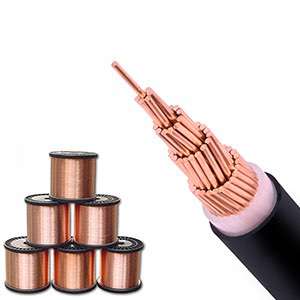 Author: Joey Wan
Author: Joey Wan  August 12,2022
August 12,2022
Fire protection measures for power cables
Fire protection measures for cables
In order to prevent the occurrence of cable fire accidents, the following precautions should be taken:

(1) Select cables that meet thermal stability requirements. The selected cable can meet the long-term heating requirements of rated load under normal circumstances, and can meet short-term thermal stability under short-circuit conditions to prevent the cable from overheating and catching fire.
(2) Prevent running overload. When the cable is running under load, it generally does not exceed the rated load. If it is overloaded, the overload running time of the cable should be strictly controlled to avoid overload heating and causing the cable to catch fire.
(3) Observe the relevant regulations for cable laying. When laying the cables, try to keep them away from the heat source, and avoid parallel or cross arrangement with the steam pipes. If they are parallel or cross, the specified distance should be maintained, and heat insulation measures should be taken to prohibit the entire cables from being laid in parallel on the top or bottom of the heat pipes; in some pipes Generally avoid laying cables in tunnels or trenches, if laying is necessary, take thermal insulation measures; cables laid overhead, especially plastic and rubber cables, should have thermal insulation measures to prevent thermal influences such as thermal pipes; when laying cables,
The parallel or crossing distances between cables, between cables and heat pipes and other pipes, and between cables and roads, railways, buildings, etc. should meet the regulations; The cable stops running and shrinks, resulting in excessive tension and damage to the cable insulation.
Cable turns should ensure a minimum radius of curvature to prevent damage to the cable insulation due to excessive bending; joints should be avoided in the cable tunnel, because the cable joint is the weakest place in the cable insulation, and cable short-circuit faults are prone to occur at the joint.
When installing the intermediate connector in the middle, it should be separated from other cables by a fire-resistant partition. The above regulations on cable laying play an effective role in preventing cables from overheating, insulation damage and fire.
(4) Regular inspection and inspection. Power cables should be inspected regularly, and the air temperature and cable temperature in the cable trench should be measured regularly, especially the temperature of large-capacity power cables and cable joint boxes should be recorded. Defects are detected and dealt with in a timely manner through inspections.
